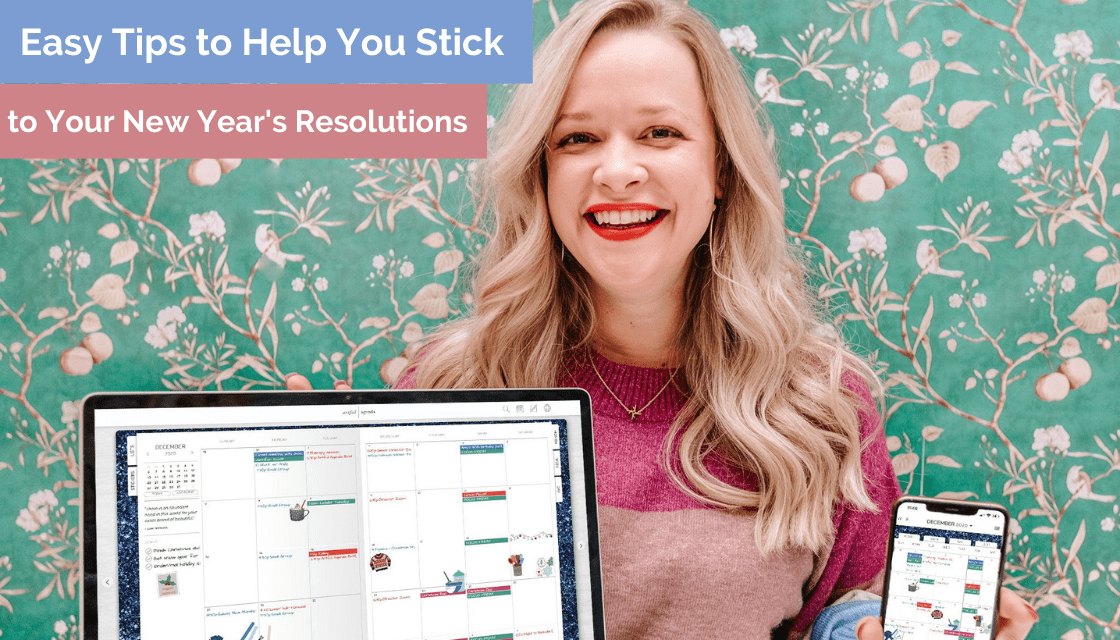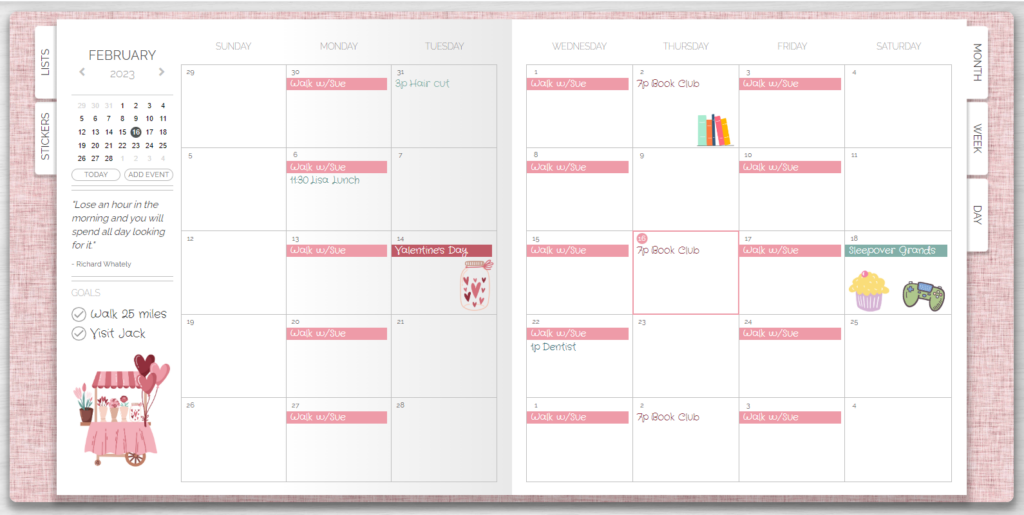
17 Feb Easy Tips to Help You Stick to Your New Year’s Resolutions

If you were inspired by the ‘fresh start’ energy of the new year to make some resolutions on January 1st, you might find that your determination begins to wane even before Valentine’s Day rolls around. If so, you are not alone! One study found that only about 12% of people who made New Year’s resolutions achieved their goals. What can you do to keep from falling back into your old habits and throwing in the towel? We’ve got several tips to help you beat the odds and stick to your New Year’s resolutions!
Pick a Partner
It is undeniable that resolutions are more sustainable when shared! You may need the accountability of a family member, co-worker, or friend that shares a similar goal. Together you can tackle the resolution head-on with the buddy system. Not only will this give you the support you need when the going gets tough, but you’ll feel more motivated by your obligation to help your partner reach their goal. Even if you don’t find someone that shares your resolution, find someone willing to check in with you periodically and ask about your progress.

Be Flexible
If you started the new year with a lot of enthusiasm for your resolutions, you might have set unrealistic expectations of yourself. There is typically a gap between what we can do for the short term and what we can realistically keep up for the long term. If your initial resolve included making and bringing your lunch to work every day, you might find that even after a strong start, your ability to stick with that schedule is unlikely. Instead of giving up, be flexible and evaluate what is working and what isn’t. Then you can adjust your approach toward your resolution and reevaluate again in another six weeks.
Manage Activation Effort
Have you heard of the 20-second rule? Productivity research shows that if you have to spend 20 extra seconds of energy to start an activity—you are less likely to do it. You can use the 20-second rule to your advantage when changing your habits. You can reduce activation effort when starting a good habit or increase activation effort to break a not-so-good habit. For instance, if you’ve resolved to go to the gym first thing in the morning, try packing your gym bag the night before and putting it by the door. If you want to reduce your screen time, you can increase activation effort by deleting social media apps from your phone and keeping the TV remote in a different room down the hall.

Put it in Writing
A New Year’s resolution, like any goal that is not written down, is just a wish! If you haven’t already written them down or typed them out, it’s not too late. Make a list of your resolutions and the steps you need to take to succeed. Once you have a list of action steps it is time to put them on your schedule. If you want to read more books this year, then take a look at your Artful Agenda calendar and block out your ‘reading time.’ There is also value in listing what obstacles may get in the way of your success and what strategies you will use if or when they appear. For instance, if you can’t read during your lunch hour as planned because you have errands to run, you will listen to the audiobook version while you’re doing the errands or you will start your bedtime routine 30 minutes earlier that night so you can read before you go to sleep.
Focus on Addition, not Subtraction
Research shows that people are more likely to stick to inclusionary rather than exclusionary goals. You may need to reframe your resolutions to change your behavior and reach your desired outcome. Want to get healthier by changing your eating habits? Instead of focusing on giving up certain foods or alcohol, make it your aim to include more nutritious foods into your diet. Take a cooking class that teaches tasty new ways to make salads and vegetable dishes, or search for mocktail videos on YouTube and learn how to make three fun new non-alcoholic drinks each week.

Document Your Progress
Staying motivated to stick with your resolutions is easier when you recognize the progress you’ve made. If your goal is to increase your fitness level, create a list and record your personal best in your Artful Agenda each week so you can see the gains you are making. Take photos every month of a large project for a visual record of your forward momentum toward your goals. Keep a log of all the books you’ve read, friends you connected with, or spaces you have decluttered. Remember that change is a process. Even if you don’t reach your original goal by the end of the year, you can acknowledge how far you have come and stay committed to continuing your new habits.
New Year’s resolutions don’t have to be an annual disappointment. With these tips and your Artful Agenda, you can succeed at sticking to your resolutions! If you haven’t yet experienced the fun and personalization of a paper planner with the convenience of a digital calendar you can take advantage of our FREE two-week trial.



Kristen Johnson
Posted at 17:01h, 28 MarchCan you use a pen tool to write in this planner?
Rosemary Morrison
Posted at 20:03h, 28 MarchHi Kristen! Our iPad apps let you do handwriting-to-text on iPads that are compatible with the iOS feature Scribble. Our iPad and Android tablet apps let you write in your own handwriting using the Drawing Feature.